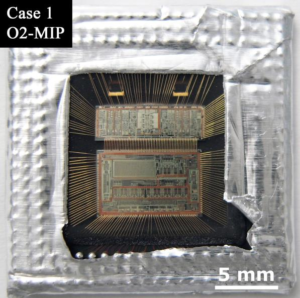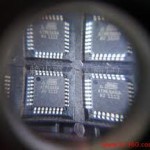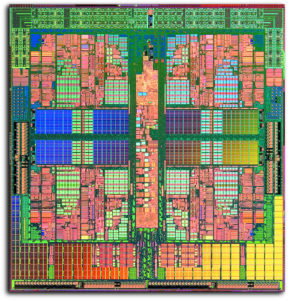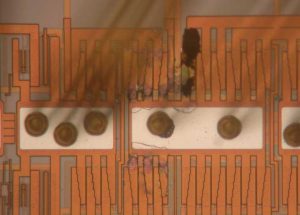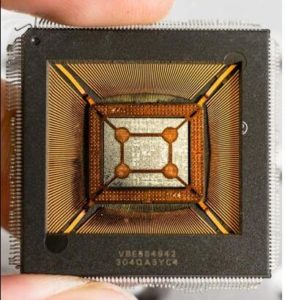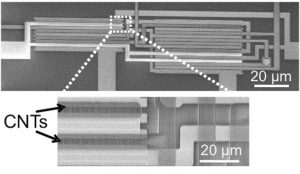Unlock Microcontroller ATtiny88A Heximal
Unlock Microcontroller ATtiny88A locked heximal from its embedded memory and extract the source code out, clone the content include program and data to blank MCUs;
Four of the PORTB pins (RB7:RB4) have an interrupt-on-change feature. Only pins configured as inputs can cause this interrupt to occur (i.e., any RB7:RB4 pin configured as an output is excluded from the interrupt-on-change comparison).
The input pins (of RB7:RB4) are compared with the old value latched on From other the last read of PORTB. The “mismatch” outputs of RB7:RB4 are ORed together to generate the RB Port Change Interrupt with flag bit RBIF (INTCON<0>).
PORTC is an 8-bit wide, bi-directional port. The corresponding data direction register is TRISC. Setting a TRISC bit (= ‘1’) will make the corresponding PORTC pin an input (i.e., put the corresponding output driver in a Hi-Impedance mode).
Clearing a TRISC bit (= ‘0’) will make the corresponding PORTC pin an output (i.e., put the contents of the output latch on the selected pin).
PORTC is multiplexed with several peripheral functions (Table 4-5). PORTC pins have Schmitt Trigger input buffers.
When enabling peripheral functions, care should be taken in defining TRIS bits for each PORTC pin. Some peripherals override the TRIS bit to make a pin an TRIS Latch output, while other peripherals override the TRIS bit to make a pin an input to facilitate the process of MCU data reading out.
Since the TRIS bit override is in effect while the peripheral is enabled, read-modify-write instructions (BSF, BCF, XORWF) with TRISC as destination should be avoided.
The user should refer to the corresponding peripheral section for the correct TRIS bit settings, and to Section 13.1 for additional information on read-modify-write operations.
Tags: unlock microcontroller source archive,unlock microcontroller source bin,unlock microcontroller source code,unlock microcontroller source content,unlock microcontroller source data,unlock microcontroller source eeprom,unlock microcontroller source file,unlock microcontroller source firmware,unlock microcontroller source hex,unlock microcontroller source information,unlock microcontroller source memory,unlock microcontroller source program


